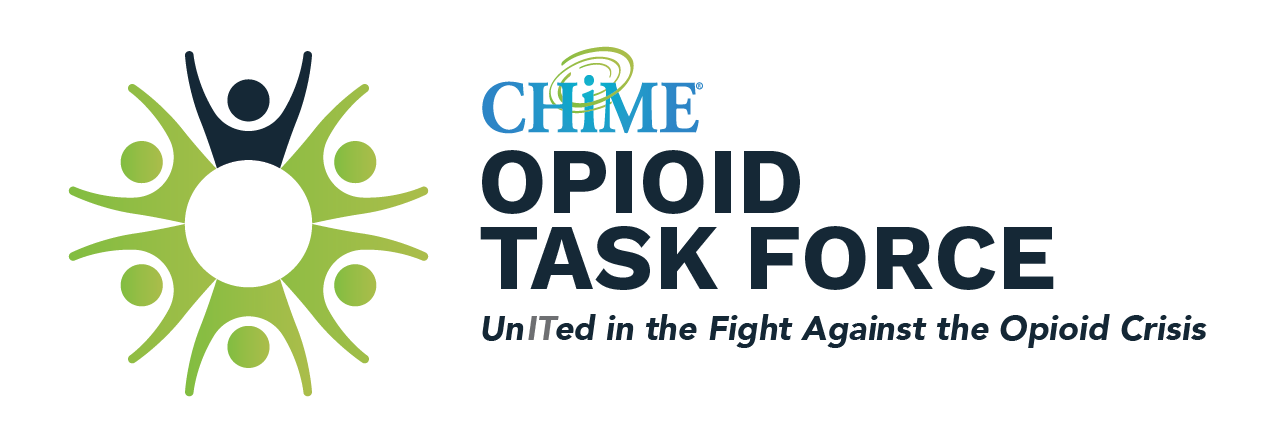At Anne Arundel Medical Center, one of the earliest initiatives of the opioid stewardship committee was for each medical director to review their opiate prescribing patterns and update or establish best practices for their service lines to standardize upon. The committee realized that it was going to be impossible to hold prescribers to any standard if it wasn’t clear what the best practices were. As each medical director reviewed this in their area, a common theme arose that while medical opinions were changing about the best prescribing patterns, the EMR defaults weren’t evolving to match the newly forming schools of thought.
This launched a major system-wide order set review process. It was done through a combination of user feedback and data review. Each medical director sent feedback directly to the CMIO on any commonly used order sets that had default prescriptions that exceeded the standard they wanted to establish. In addition to this, IT compiled a report of all commonly used order sets and their default opioid prescriptions for each medical director to review.
This two-way process allowed the team to quickly change the defaults that were being presented to users across the entire health system. Over the course of just a few short months, prescribing patterns quickly evolved in response.
But not all defaults are encoded inside of order sets. Data analysis showed that defaults are also encoded in human habits that are taught in medical training or passed generationally from doctor to doctor. The clearest example of this that AAMC saw was in the prescribing patterns for patients after a C-section. Many of these clinicians were averaging exactly 30 pills per prescription – not 29, not 31, but exactly 30, month after month. It was clear from the data that this couldn’t arise solely from the needs of each individual patient but was most likely a result of habit and training.
As a result, the service line’s medical director started a mantra: “20 is the new 30.” This slogan meant that it’s OK that humans are sometimes creatures of habit. But those habits should be based on best practice, and 20 was the new “correct” habit. Similar to other interventions, this visual management technique based on the data aided the medical director in leading his team to a rapid change in ordering patterns.
